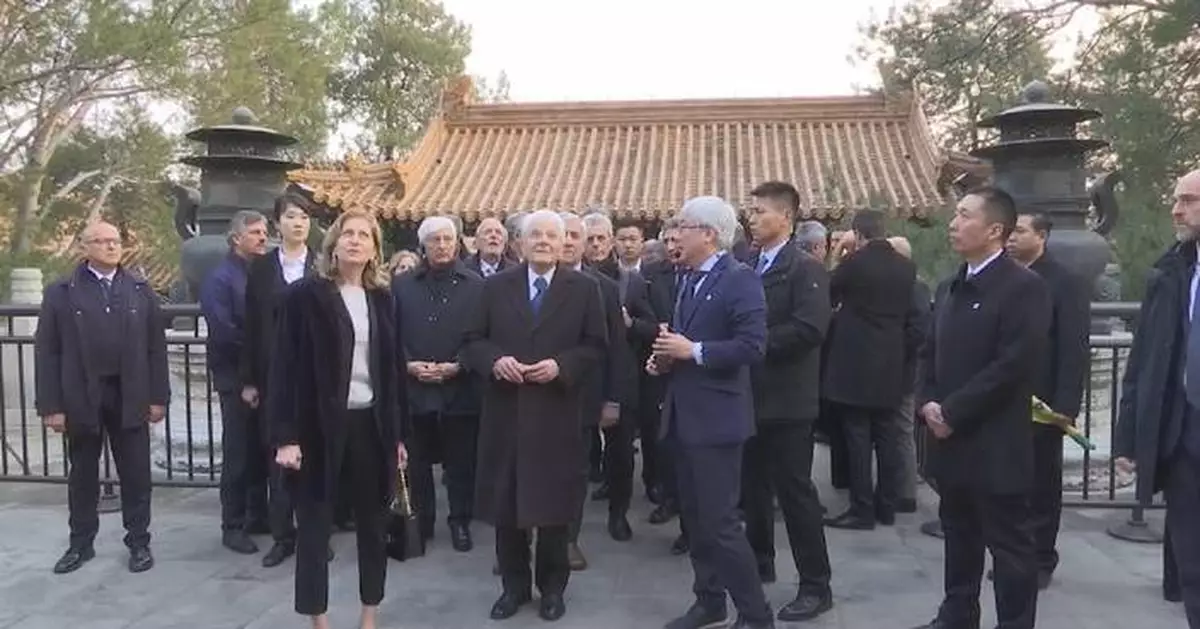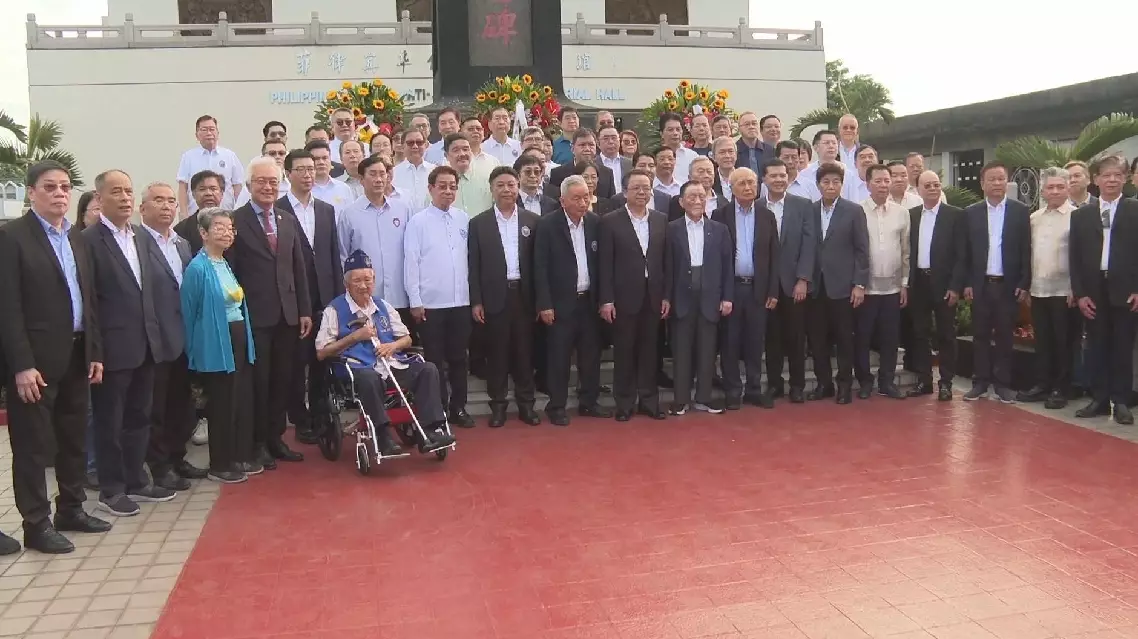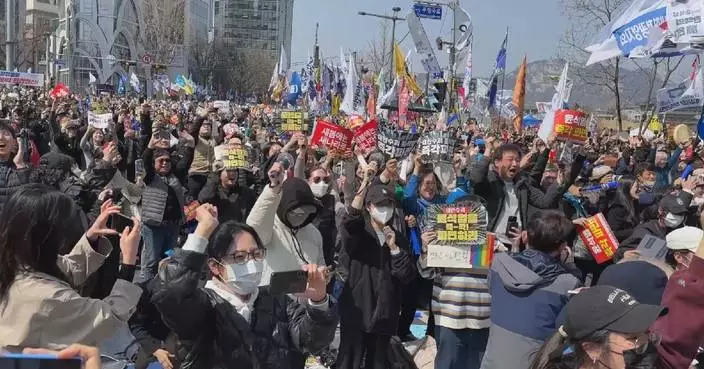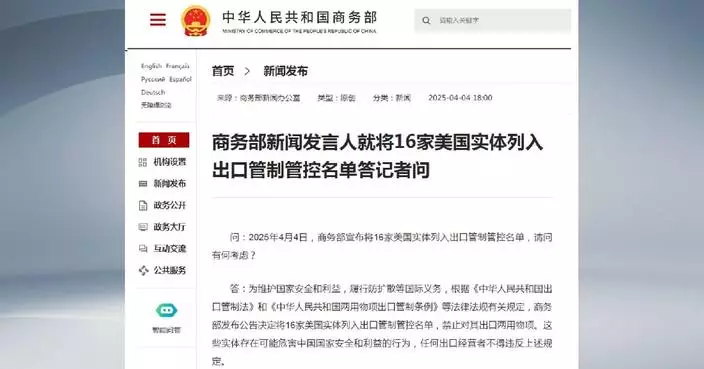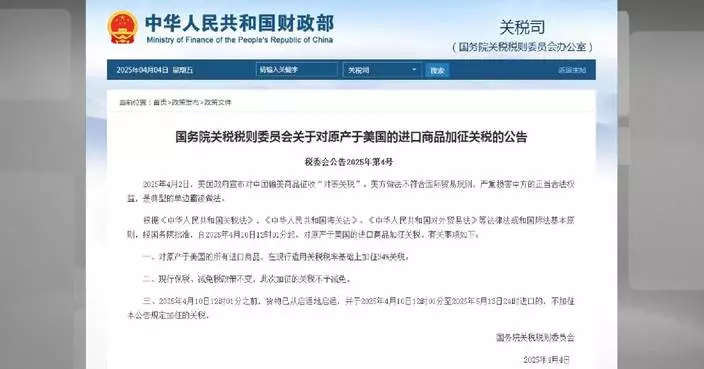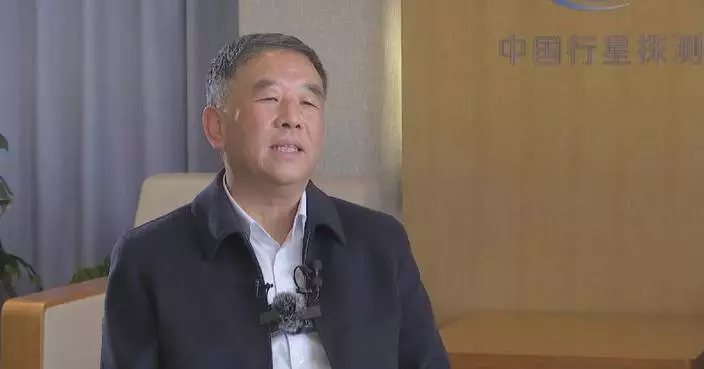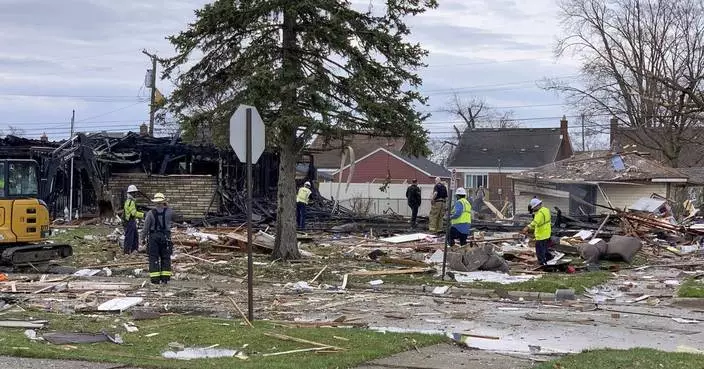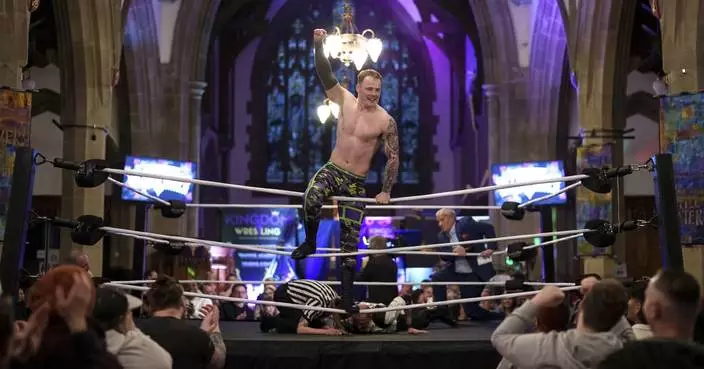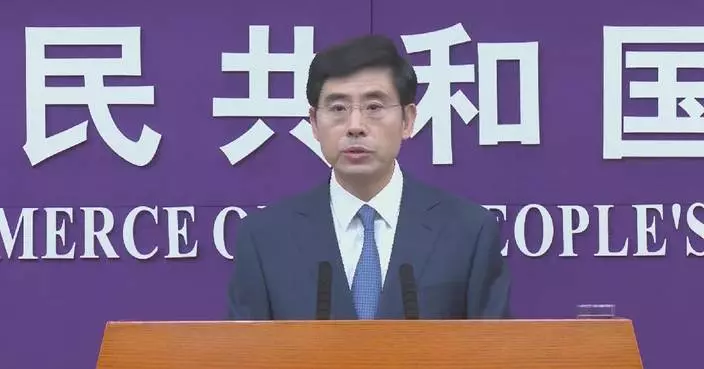Italian President Sergio Mattarella toured the Summer Palace in Beijing on Thursday, after arriving in China earlier in the day for a six-day state visit at the invitation of Chinese President Xi Jinping.
The once imperial garden, located in the western suburb of Beijing, is the first place the Italian president visited on his first trip to China since February 2017.
He was accompanied by his daughter Laura and several Italian ministerial officials.
During the nearly one-hour trip, Mattarella learned about stories in China's history and garden landscaping in the long corridor, climbed atop the Longevity Hill to explore similarities and differences between Chinese and Italian religious cultures, and took a cruise to enjoy the sunset over the Kunming Lake.
China and Italy both have ancient civilizations. The mutual attraction between them has become precious wealth for both sides and continues to this day.
Mattarella also said earlier that promoting the exploration of the potential of the cultural and creative industries of Italy and China could bring fruitful results to both sides.
Choosing the Summer Palace as the first stop of the Italian president's visit to China also shows Italy's willingness to deepen cooperation with China in cultural heritage protection.
This year marks the 20th anniversary of the China-Italy comprehensive strategic partnership.
In July, Italian Prime Minister Giorgia Meloni visited China. In less than half a year, two important Italian politicians have visited China successively, highlighting the high level of development of China-Italy relations.
The two countries expect to take the opportunity to further expand practical cooperation and people-to-people and cultural exchanges.
The Summer Palace is the largest and best-preserved imperial garden in China, and among the most noted classical gardens in the world. It was inscribed on the UNESCO World Heritage List in 1998.
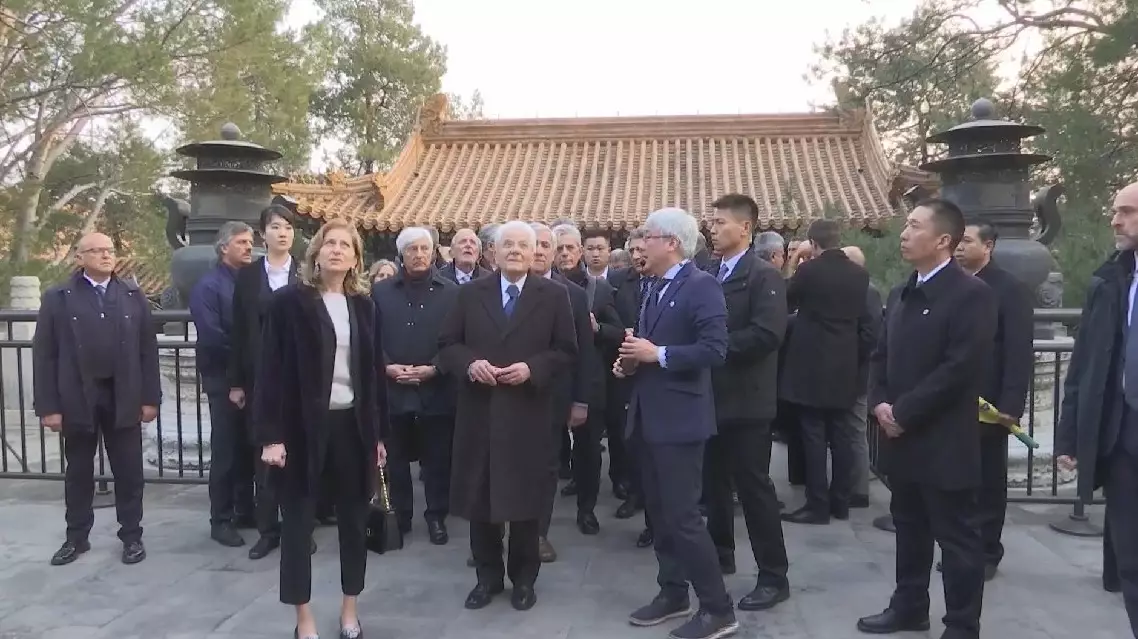
Italian president tours Summer Palace in Beijing


